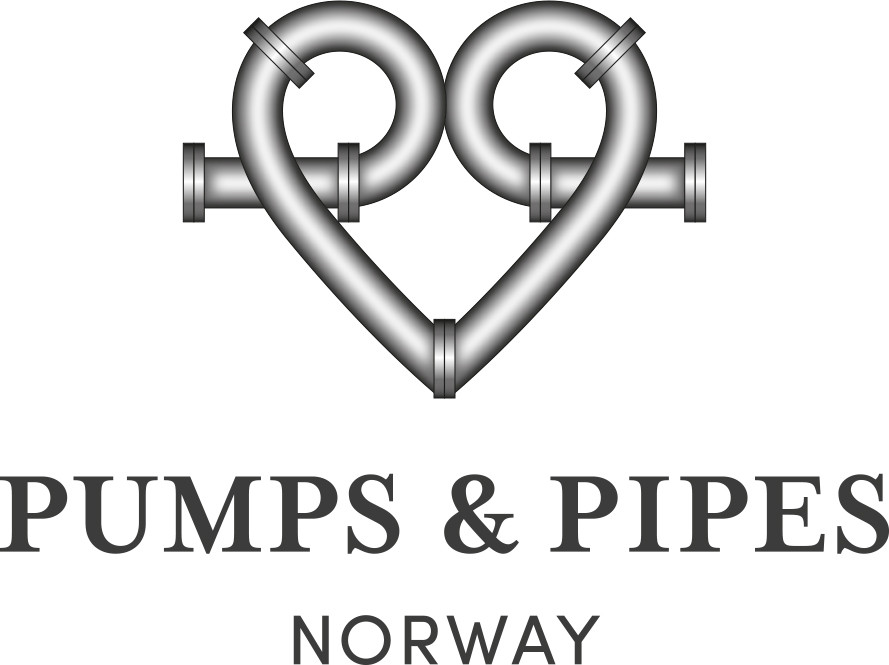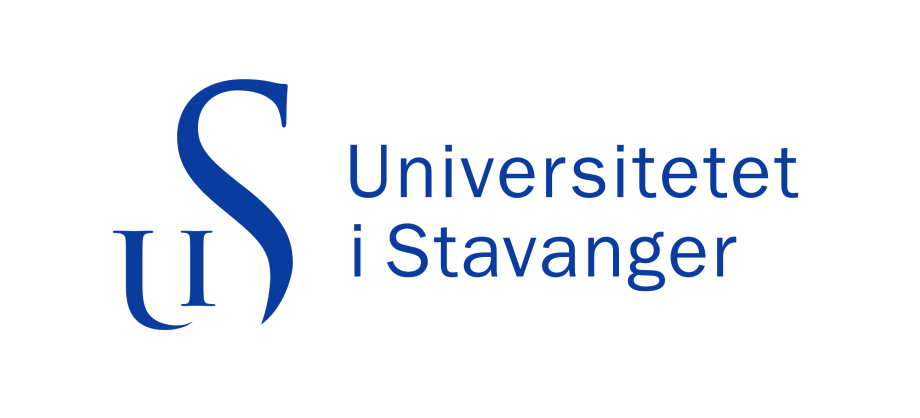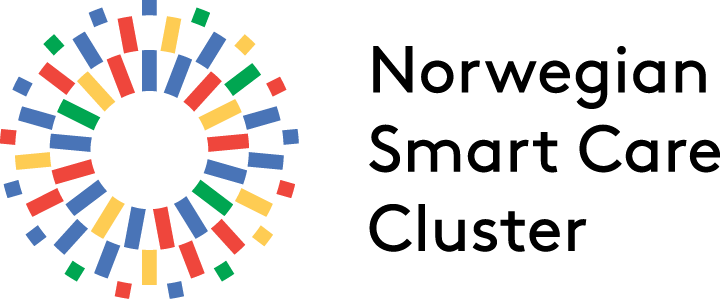The Pumps and Pipes initiative fosters collaboration and transfer of knowledge between oil and gas and the health sector.
Stavanger University Hospital, NORCE Norwegian Research Centre, Norwegian Smart Care Cluster (NSCC) and University of Stavanger
Thor Ole Gulsrud, Project manager P&P and Head of Department of Quality and Health Technology, Faculty of Health Sciences

Norway Pumps & Pipes (NP&P) is a platform to bring together professional groups who may not otherwise have the opportunity to interact for the transfer of knowledge and technology knowhow.
Norway Pumps & Pipes will work together with Houston Pumps & Pipes and partners in industry and academia to develop NP&P as a dynamic tool in order to develop new ideas, new solutions and new products.
NP&P started as a collaborative project between the partners, and with funding from the Ministry of Health and Care Services. However, the aim is that NP&P shall become a permanent activity driven forward by existing and new participants from academia and business.
Projects
The following projects have recieved funding from Norway Pumps and Pipes.
Lifecycle visualization solution for the new hospital in Stavanger
The new hospital in Stavanger is planned to be ready in year 2023. This complex project requires robust decision support and effective communication throughout the whole lifecycle of the hospital. It is expected that the amount of data and number of smart sensors will increase in the years to come. To effectively navigate in this jungle of information users will depend on solutions which are easy to use and which immediately gives an overall overview. The comparison with major development projects in the oil & gas sector is striking: Both sectors have high complexity and invest significant amounts in a digital model (e.g. BIM: ‘’Bygningsinformasjonsmodellering’’) as the basis for construction of the buildings. However, the digital model is seldom used in a lifecycle perspective. BIM has a relatively static presentation of geometric and technical data and falls short in relation to communication, interaction, training and education, and decision support throughout assets lifetime. Much of the information that is needed and accessible is positioned in isolated silos and supports only separate specialist tools.
The aim of this project is to demonstrate how an interactive 3D solution will further refine the BIM model and support users and decision makers throughout the lifecycle of the buildings. The company Visco AS has developed a lifecycle visualization solution for the oil & gas sector (VCOG), and together with Stavanger university hospital they will demonstrate how this solution can be applied within construction. While a BIM model is often reserved for the technical disciplines in the construction phase, VCOG addresses all stakeholders that are directly and indirectly involved in the assets. VCOG will act as a communication and decision-making tool for owners, builders, developers, contractors, architects, politicians, operation and maintenance operators, management, employees, patients and visitors through the design phase, and the preparation and operational phase
Contact: Øystein Stray, Ove Nordstokke, or Thor Ole Gulsrud
Better health in a virtual world
The project is a cooperation between Doublethink AS and SESAM (Helse Stavanger). Together they want to perform a feasibility study aiming at identifying and lay the foundation for further work within active use of Virtual Reality (VR) in treatment of elderly people with dementia, patients with chronic disease and their relatives, and the health workers attitude towards the use of modern visualization technology. VR is a visualization and control technology which has become more and more widespread in the recent years, and is now well established in several industries. For example, the oil & gas industry applies VR for safety and stress training of employees and for simulation of subsea operations, e.g. ROV-operations. In the medical sector, there is an increase in use of VR for simulation of patient operations and for educational purposes. The project team now wants to explore the possibilities for using this technology in patient situations. The end goal is to establish an alternative treatment for the previously mentioned target groups. The project is in line with Stavanger university hospitals technology focus in the coming years towards the new hospital at Ullandhaug; SUS2023.
Contact: Magnus Birkenes, Ingelin Testad, or Thor Ole Gulsrud
Demobilization of liquids in a chamber included in medical suction units for clearing the respiratory system
This project is a cooperation between Excitus AS and University of Stavanger. Excitus AS is developing a handheld, battery-operated apparatus for clearing patient’s airways (medical suction) for the use of paramedics. The apparatus is used to remove vomiting, blood and debris from the mouth and throat to prevent blocking of the airways. One of the important characteristics that distinguish this new suction unit from other products on the market, is the possibility that it may take any spatial orientation during use and in standby mode in the intervals between active use. This characteristic requires that liquids are kept away from certain points in the chamber. Competence, methods and technology from oil & gas will be applied in the development of this unique feature.
Contact: Per Reidar Ørke or Thor Ole Gulsrud
REBOA - SUS and medical applications of micro-sondes
Worldwide, trauma is one of the most common causes of death, especially among young people. Half of the deaths are caused by uncontrollable internal bleeding (i.e. internal injuries that cannot be stopped by extrinsic compression). Common practice is to give these patients blood and fluid in combination with an outer compression therapy, like a belt around the pelvis. Unfortunately, a large number of these patients die before they can receive the necessary surgical care in hospitals. These deaths could have been avoided if the bleeding could be stopped before the patient left the accident scene or in hospital emergency rooms. A new way to stop such bleedings is by using an aortic occlusion balloon. The technique is called REBOA (Resuscitative- Endovascular Balloon Occlusion of Aorta). Through a puncture of the artery in the groin (femoral artery) a catheter with a balloon at the tip can be entered in the aorta. When the balloon is inflated inside the aorta bleeding from injured arteries below the balloon will stop immediately. This ensures blood supply to vital organs such as the heart and brain and saves lives. Unfortunately, despite the obvious benefit of this treatment REBOA is not widely applied. The main reason for this is that the existing equipment to perform the procedure is not adapted for use outside of hospitals and even also in hospitals (the exception is specially equipped operating rooms that are not always readily available). Our innovation is a tailored REBOA box that will make it is possible to perform REBOA easily and securely either at an accident site or at an emergency hospital. In order to measure the effect of REBOA and to control the treatment the catheter has to be equipped with sensors that register different vital parameters such as blood pressure and oxygen content. Thus, one of the activities in this project will be to identify micro sensor technologies that can be useful to the REBOA technique. IRIS has together with SINTEF ICT developed miniature measurement devices, µSondes, for oil and gas production applications. Experience and knowledge gained in the µSondes project will be applied in the current project.
Contact: Lars Fjetland, Dave Gardner or Thor Ole Gulsrud
Non-invasive assessment of the coronary arteries based on data modelling and medical imaging
Reduced blood supply to the heart due to stenosis (plaque) in the coronary arteries is the main cause of angina, and ultimately heart attack, which is one of the most frequent causes of death in Norway. To determine the hemodynamic consequences (severity) of such stenosis common practice at Norwegian hospitals is to perform an invasive catheter-based examination in which one measures the pressure drop over the constriction. The method is called Fractional Flow Reserve (FFR), and is a quantitative measure of how much a stenosis prevents blood flow to the heart muscle. This provides information about whether or not the condition must be treated and also about which treatment is the most suitable. In this project an evaluation of stenosis which is far more gentle to the patient is proposed. The coronary arteries are imaged in three dimensions by using X-ray Computer Tomography (CT), and by solving the equations that describe the blood flow in coronary arteries the behavior of pressure and flow rate in the area near a constriction are predicted. This procedure provides - without surgery - more details about the blood flow than an FFR measurement that is only based on pressure measurements.
Contact: Jan Ludvig Vinningland or Thor Ole Gulsrud
The role of physical forces in spreading of cancer
Mathematical models are used to identify fundamental mechanisms that help to understand behavior of complex fluid system such as an oil reservoir. For the mathematical models to have any substantial value, they must be developed in close understanding with the processes to be simulated and the problems to be solved. The main focus of this project will be to further develop one of these models, a so-called two-phase flow model, to simulate and visualize basic mechanisms involved in tumor growth and spread (metastasis).
For a long time, cancer has been explained mainly from of a biological perspective, but also other forces than biochemical processes and genetic risk factors have an influence on how a cancer
develops. The world around us is governed by physical laws, and this also applies to the tumor and the surrounding tissue at the cellular level. Increased understanding of how physical and mechanical forces affect the development of a cancer in the interaction with biochemical processes, will be important in the development of new methods for detection and treatment of cancer. An important part of this project will also be to establish the foundation for a multidisciplinary approach to cancer disciplinary issues.
Contact: Ingunn W. Jolma, Steinar Evje or Thor Ole Gulsrud
New methodology for interpretation of dynamic contrast imaging data
Contrast enhanced dynamic MRI data is important for classifying anomalies in tissue and blood circulation, e.g. tumors, stokes, and kidney failure. The resulting sequence of images providing spatial-temporal representation of contrast agent concentration must be given meaningful clinical interpretation. The basic question to be answered by this project, is whether a globally coupled flow model for porous media modelling of fractureed reservoirs provides added value for dynamic image interpretation compared to the traditional single voxel approach. Summarised, this requires us to formulate adequate flow models, establish methodology to reconcile data and models, and then compare our results to output from current state-of-the-art algorithms.
Demonstrating a method exploiting better the contrast enhanced dynamic MRI data would potentially lead to better treatment. However, in the first place, the aim is to inspire to further research in this direction. In addition, we foresee that better interpretation tools would be of interest to companies delivering equipment and software related to MRI imaging.
Contact: Geir Nævdal or Thor Ole Gulsrud
TIDEWAVE
Manual turning of patients with low or no mobility has several disadvantages: Health care workers are spending many working hours on turning patients. Back injuries related to manual lifting is the main cause of sick leave in the health service. The health institutions spend huge resources on this problem area. Treatment of bedsores account for 4% of the national health budget. Last but not least, manual turning can be painful to the patients.
About 50% of the 45.000 residents in Norwegian nursing homes need pressure relief. The global market for pressure relief products is increasing, mainly due to aging, obesity, and a well-functioning health care system.
Tidewave is a rotational module that can be placed on any bed base in combination with a mattress. The rotational module is being curved by using an automated pressure unit. The movement of the rotational module is turning the patient according to a predefined time schedule.
Contact: Nina F. Åmodt or Thor Ole Gulsrud
Partners
| Board members | Affiliation |
|---|---|
| Rune Dahl Fitjar, Chairman | University of Stavanger |
| Svein Skeie | Stavanger University Hospital |
| Øystein Lund Bø | University of Stavanger |
| Aina Margrethe Berg | NORCE |
| Anne Cathrin Østebø | Validé |
| Arild Kristensen | Norwegian Smart Care Cluster |
| Thor Ole Gulsrud | University of Stavanger |



